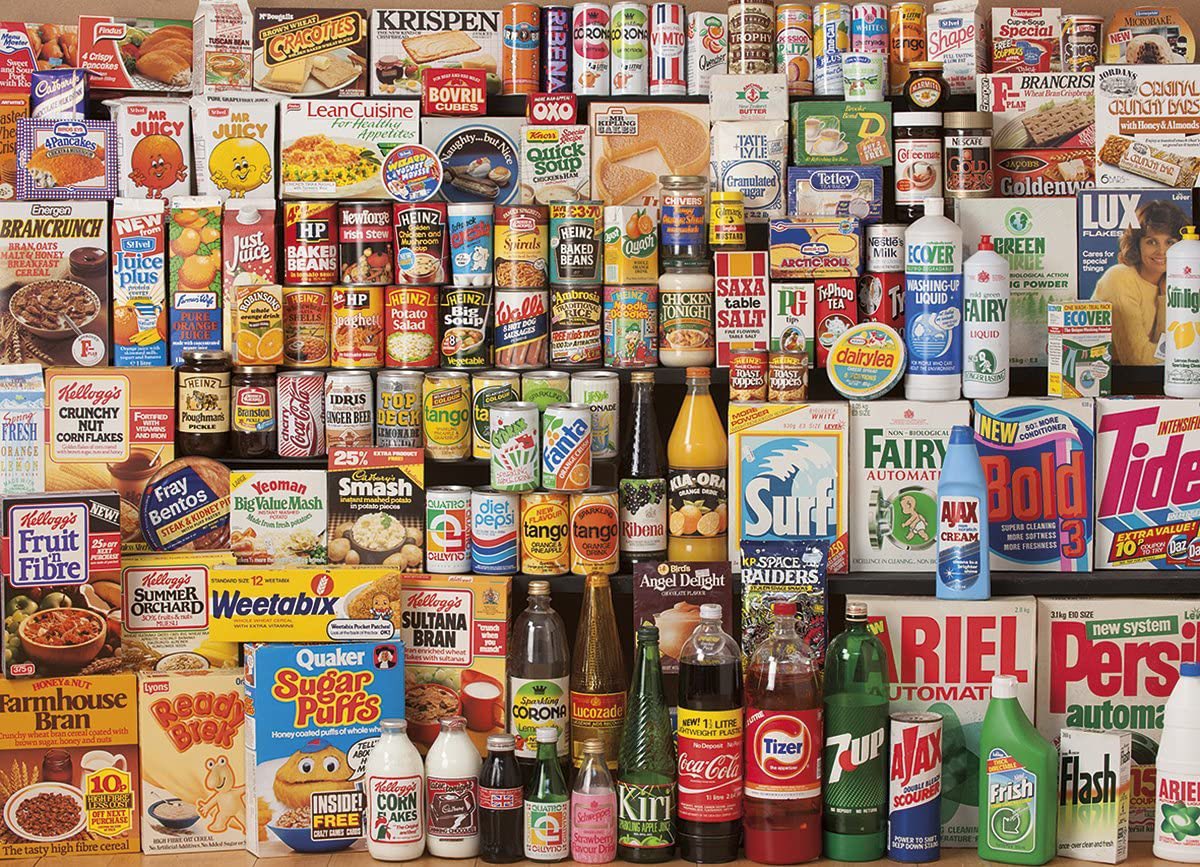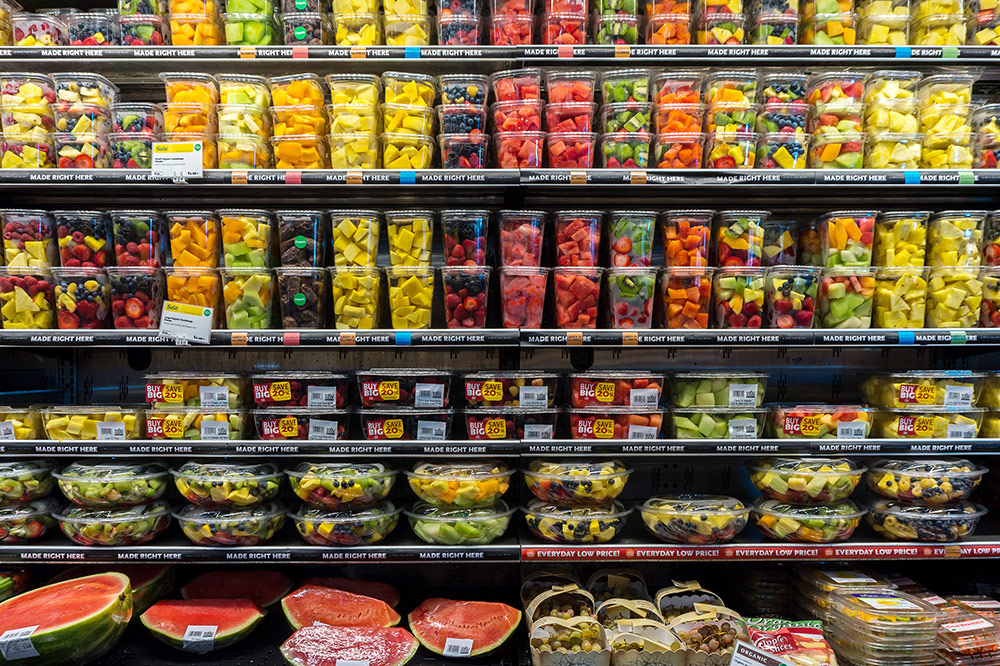Part 1: Uncharted waters
This is the first post in our series: Sustainable Packaging Transformations℠.
Today – everything, everywhere, including all of us – contains microplastics.
By now most everyone is aware of it. Whether it’s plastic pollution in the oceans, or the single-use plastic bag your lunch comes in, or plastic wrap – plastic has infiltrated our awareness and every square inch of the planet. And it’s not just a matter of the fact that it’s destroying our planet – plastic pollution is now one of the biggest issues of our lifetimes as our “way of life is literally poisoning us.”
Plastic packaging is a design problem.
The first synthetic plastic — Bakelite — was designed and produced in 1907, marking the beginning of the global plastics industry. However, rapid growth in global plastic production was not realized until the 1950s.
Plastic Packaging was not fully adopted into households until the 1960’s (thank you Tupperware Parties) – and while it took a while to normalize this new “miracle” substance, today we find ourselves living in planet polluted from sea floor to sky and completely immersed in micro-plastics.
Humans designed our way into the plastics problem – and we know we can design our way out of it!

Consumer goods packaging in the 1980: paper and glass, and some plastic.
Source: BeyondPlastics.org

Consumer goods packaging in the 2023: plastic containers, plastic wrap, plastic cartons, shrink wrap, film pouches, etc.
Source: BeyondPlastics.org
Consumer Goods Packaging is the major contributor to the problem.
Over 67% of all plastic pollution is attributed to consumer goods packaging – so if there is one industry that can change the trajectory, it’s us – marketers and designers. And we must. With the passage in California last year of SB54, The Plastic Pollution Prevention and Packaging Producer Responsibility Act, the responsibility for plastic pollution is shifting from consumers to companies that make and use plastic packaging. Recycling is not the answer – and if California law is any indication – it’s just a matter of time before the CPG sector will be held accountable.

Consumer goods plastic packaging is the largest contributor to global waste generation by sector.
A lot of stake holders and no clear process or plan.
And it’s not easy for our CPG clients to make the transition out of plastic packaging and into sustainable alternatives. We have found most are dealing with the issue on their own, and in their own way. It’s a complicated challenge with a myriad of considerations from sourcing, supply chain, manufacturing, package design, materials, production processes, budget, internal team and external supplier expertise, expanding trade requirements, and consumer experience to consider (among many other things). And there is no convener in the space that provides a standardized plan – or “how to” guide – to inform the process.
What we need are Sustainable Packaging Transformations.℠
Thankfully, with the consumer demand for sustainable packaging and reaching corporate ESG goals a necessity, removing plastic from packaging and how to do that – is now a design priority.
We can design our way out of the plastics problem – and domo domo is doing what we can with our expertise – packaging design, structure, materials, and production. In this on-going series we will be sharing inspiration and information to help accelerate the shift in consumer goods packaging to remove 100% of plastic while retaining a premium, appealing and most-of-all sustainable package for consumers to love.
You can start by exploring our Sustainable Packaging Transformations℠. Stay tuned for our next installment of “Designing our way out of the plastic packaging problem” coming soon.
Plastic packaging is a design problem…we know how to solve.
Have a sustainable packaging transformation challenge? Reach out to domo today – for a free consultation on how to design your way out of the plastics problem.
